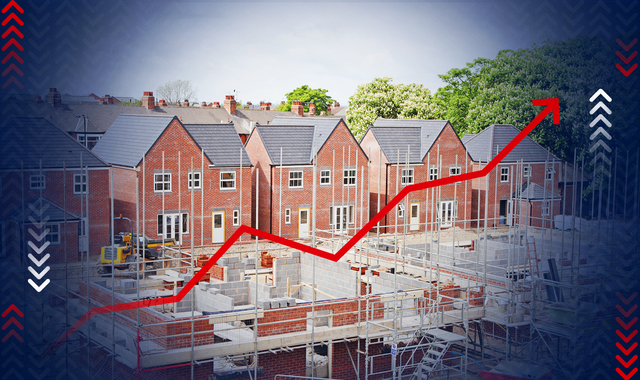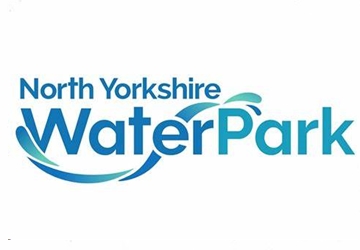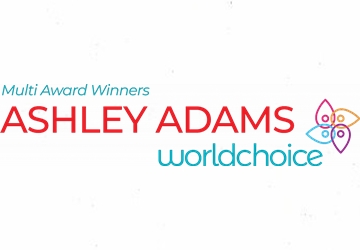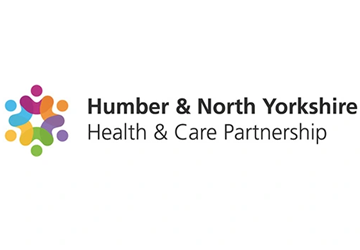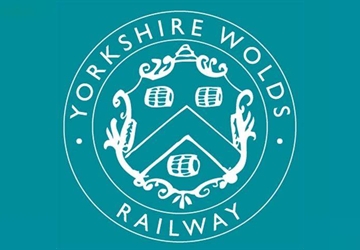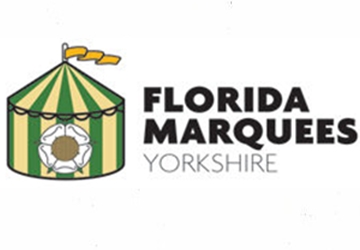It would be six times greater than the number of social homes built in the 10 years up to 2024 – and forms part of a drive to build 300,000 new social and affordable properties by 2035.
The plan is backed by a £39bn investment announced by Chancellor Rachel Reeves in last month’s spending review.
The deputy prime minister called on the social housing sector to “work together to turn the tide of the housing crisis”, and said the investment was “the biggest boost to social and affordable housing in a generation”.
“We are seizing this golden opportunity with both hands to transform this country by building the social and affordable homes we need, so we create a brighter future where families aren’t trapped in temporary accommodation and young people are no longer locked out of a secure home,” she said.
Ms Rayner’s target for social and affordable housing is part of a wider long-term plan – also due to be published on Wednesday – setting out how the government will build both more houses and improve housing standards.
Here, Sky News looks at what the plan will mean for the country, how it compares to previous programmes, and how it could be affected by the increased cost of construction.
Crunching the numbers
The £39bn 10-year Affordable Homes Programme is an ambitious investment in affordable housing, representing a real terms increase from the previous programme of over £1bn annually.
However, claims of the “biggest boost in a generation” may be slightly overblown. When factoring in inflation, the annual investment of £3.9bn falls short of the equivalent £4.5bn annually from 2008 to 2011 under the previous Labour government.
This was however a notably short-term uplift, and the sector will welcome the stability of the new settlement which secures funding for 10 years – compared with five years or fewer under previous programmes.
Read more from Sky News:
Starmer survives rebellion as welfare cuts watered down
‘Diddy’ holds head in his hands as jury reaches partial verdict
The programme sets out to deliver 30,000 affordable homes per year on average, with at least 18,000 of those being for social rent, rather than other tenures such as shared ownership.
This would be more than twice the number under the previous programme, which is estimated to have delivered about 8,000 homes annually for social rent by its completion.
Similarly, however, it is fewer than were delivered by the previous Labour Affordable Homes Programme, which was over 30,000 a year from 2008 to 2011.
A further challenge to the government’s goal of a “generational” uplift is the increasing cost of building, meaning they may face diminishing returns on their investment.
The previous Affordable Homes Programme initially aimed to deliver 180,000 homes, which was revised down significantly to between 110,000 and 130,000 due to increasing costs and delays.
This government can expect to face a similar economic landscape, particularly with an ambition to deliver a greater share of socially rented homes – the most expensive type of affordable housing to build.

